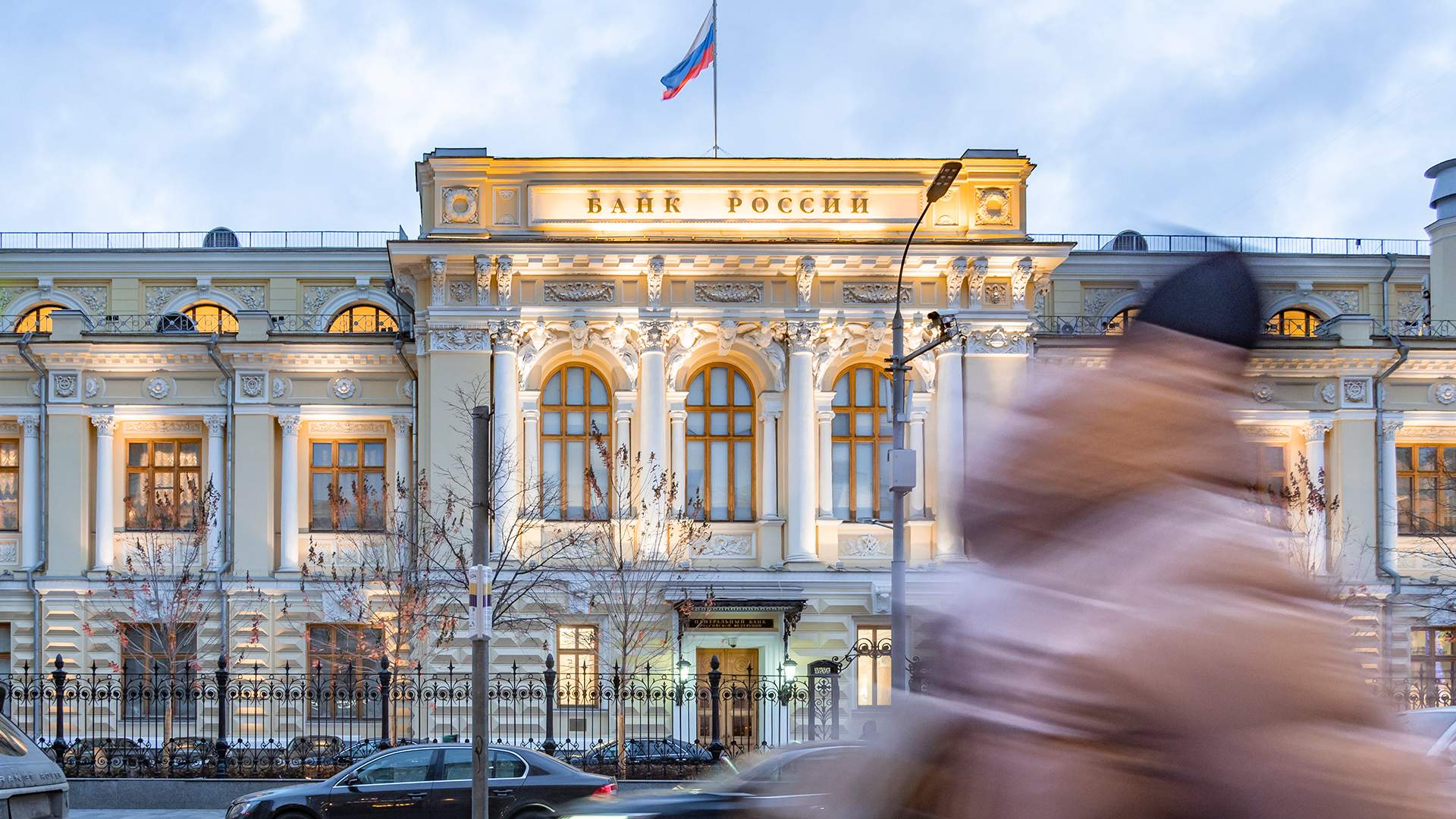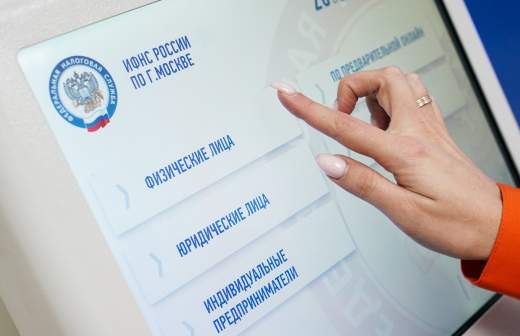There will be no stagflation: when the Central Bank will stop price growth

Inflation in 2024 has become the number one topic in Russian economic life. Consumer prices approached 9%, and in the seasonally smoothed version - double digits. The Bank of Russia responded by raising its key rate to 21%, which displeased many players in the economy. Whether such a tight monetary policy is justified, whether the Central Bank will be able to stop inflation in 2025 and how real is the risk of stagflation, Russian economists told during a webinar of the rating agency "Expert RA".
Inflation is "anchored"
Although the positive real rate (i.e. above inflation) was set a year ago, price growth continued throughout 2024, and in recent weeks has accelerated. The leaders of the growth were fruit and vegetable products, tourist services, as well as housing and utilities tariffs. In July, they rose by 10%, and in 2025 they are scheduled to rise by another 11.9%.
Characteristically, inflation has become stable. As the analysts of "Expert RA" note, the rise in prices of goods and services is going on a "broad front". The index of core inflation (the index calculated with the exclusion of categories of goods, price changes for which are administrative or seasonal in nature) has remained above 8% since April 2024. Everything or at least a lot of things are becoming more expensive: at the peak, 75% of goods and services were expensive, now about two-thirds are. The normal rate, even with inflation, is around 40%.
Inflation expectations also remain high. After peaking in December 2023, when expected inflation reached 14.2% and observed inflation reached 17%, the figure fell slightly by spring but then continued to rise. In October 2024, the population expected inflation at 13.4%. At the same time, the part of the population with savings predicted inflation at 12.1%, while the population without savings - at 15%.
Characteristically, credit activity in Russia as a whole remains at a high level and continues to grow at a significant rate. Corporate credit is the key contributor. For more than a year, bank loans to the real sector have been growing at a rate of 20-22% per year, without reacting to the tightening of monetary policy. The Central Bank has also recognized its own shortcoming: the market perceived the regulator's forecasts on rate reduction as a promise to do it in the near future under any circumstances, not only in case of inflation slowdown.
Based on the forecasts of the key rate reduction, the corporate sector did not slow down its lending activity, but switched to loans with floating rates - they accounted for a significant part of the new volume of loans. While the growth of corporate loans in the real sector began to slow down as early as 2023, the growth rate in the financial sector (we are not even talking about a decline) began to decline only in the middle of 2024.
Only retail credit plays in favor of the Central Bank's policy, where the decline is already noticeably good. Indicators were at their peak before the abolition of the preferential mortgage program, but now they have noticeably decreased - the growth rate of the loan portfolio has fallen from 27% to 21%. Overall, we can see that the decline is not only in the mortgage sector, but also in unsecured retail loans. Numerous macro-prudential measures have already been introduced to curb lending and more such measures will be introduced next year.
Stop lending
As Sofia Donets, chief economist at T-Investments, noted, the Bank of Russia is now sending a signal not even to soften or slow down, but to stop lending. First in the consumer sector, and now through the same macroprudential restrictions in the corporate sector. She added that given these restrictions, next year we will have to talk more about recession rather than inflation risks.
At one time, Central Bank Chairwoman Elvira Nabiullina identified four main reasons why inflation remains high, adding to them also favorable mortgages. In addition to the inertia of expectations, the weakening of banking regulation in 2022, and the aforementioned incorrect communication, the greater impact of the fiscal stimulus was also mentioned. In fact, fiscal stimulus and monetary restraint had to be implemented simultaneously.
The increase in fiscal spending in 2024 was quite significant: 23.3% more was spent in the first nine months of the year than in 2023. An additional challenge for the Central Bank was the publication of the draft budget for 2025-2027, which is positioned as the beginning of fiscal consolidation. But even for this period the growth of federal budget expenditures at a rate of 4-6% is envisaged, and it exceeds the previous plans. Also in October 2024, a separate bill was introduced that envisages an increase in expenditures and the federal budget by 1.5 trillion rubles in 2024. Expenditures will be covered from the National Wealth Fund, but the federal budget deficit will grow from 1.1% to 1.7%.
At the same time, Sofia Donets notes that inflation is difficult to break down by factors, to calculate the contribution of each of them. Some of them are quite unexpected at first glance.
- In a November survey, manufacturers responded that they will raise prices on a three-month horizon, because taxes will also rise," the expert pointed out.
In turn, Egor Susin, Managing Director of Gazprombank Private Banking, believes that the most important factor in price growth has been and remains demand.
- When wages are raised by 18%, and in the moment even by 20%, to which consumer credit is added, it is difficult to expect that inflation will not be high. Even if deposits absorb some of that extra income.
Susin, however, is more optimistic about the slowdown in price growth. He says the slowdown and near stoppage of consumer credit is already evident, and figures on the decline in corporate credit will be seen in November. Inflation fears are at a peak and are unlikely to intensify further. Rational assessments, in his opinion, are giving way to emotional ones.
At the same time, Egor Susin doubted the prospects of stagflation (a combination of rapid price growth and economic stagnation) in 2025.
- Stagflation is a stable process when demand outstrips supply, precisely in terms of expectations. But for now, we are still not in that process. We have high real interest rates, unlike in many other cases. So for the time being this risk is small and we should not overestimate it," comments the interlocutor.
According to him, the increase in interest rates has not yet played its full role in the economy. It will really happen when the market realizes that the rate in real terms will be high until the Central Bank achieves its goals.
Переведено сервисом «Яндекс Переводчик»








